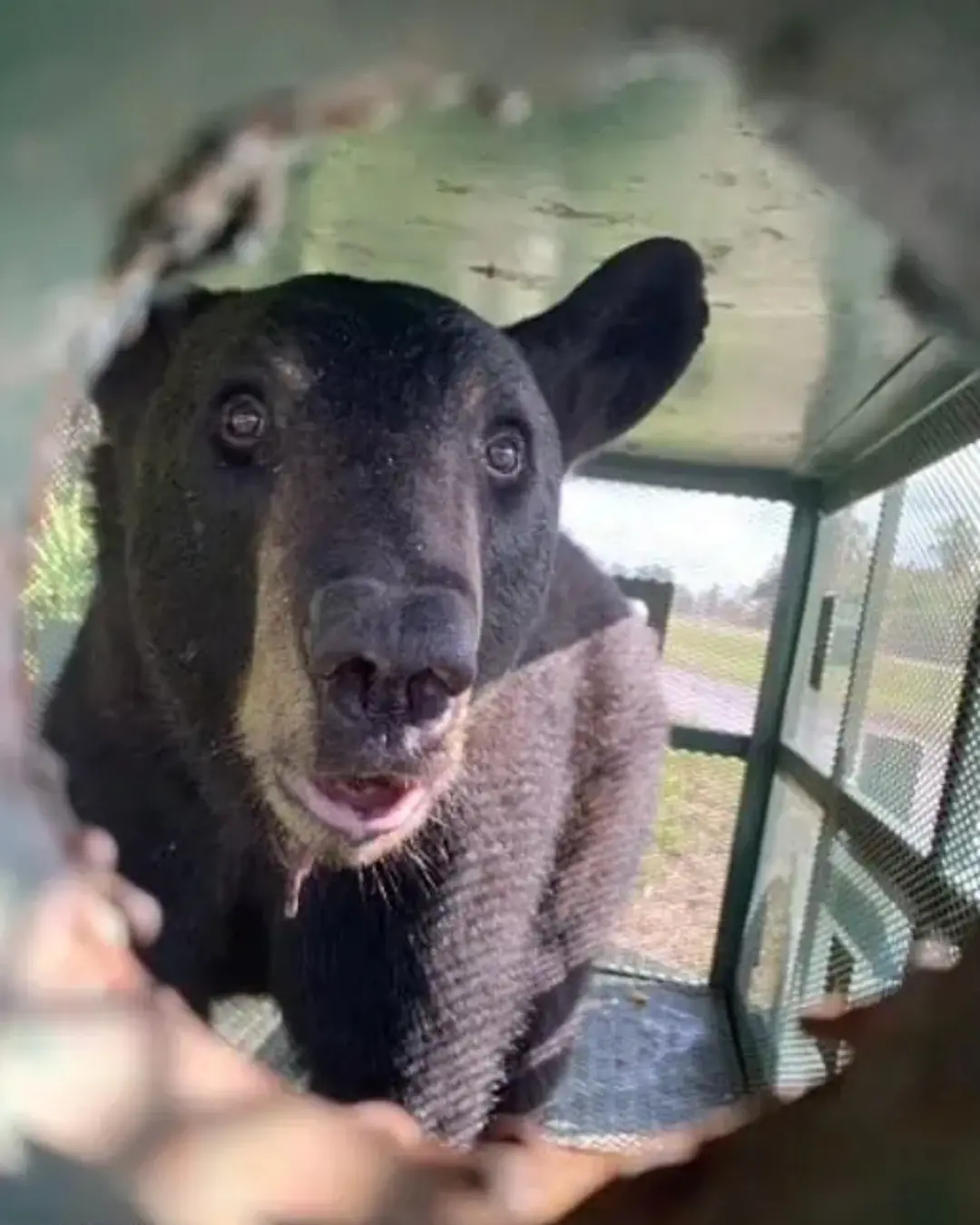
Refrigerator Leaking Water and Cooling Slowly? Here’s How to Fix It Yourself in Minutes Without Calling a Technician

A leaking refrigerator or one that cools slowly is a common issue that many households face. Refrigerators are essential appliances, helping us keep food fresh for days or even weeks. However, because they are constantly running and plugged in, problems like water leakage or slow cooling can easily occur.
Instead of immediately calling a repair technician, it’s helpful to understand the possible causes. In many cases, these issues can be fixed quickly at home with a few simple steps.
1. Water Leaking from the Refrigerator Compartment
Many families buy groceries in bulk to last the whole week. This can put a heavy load on the fridge compartment, especially if food blocks the air vents, causing uneven cooling.
Another common reason for water pooling is wet or improperly dried food. If washed vegetables, fruits, or meat are put directly into the fridge without being dried, excess water will drip, not only making the fridge dirty but also affecting other stored food.
How to Fix It:
-
Always dry food thoroughly or use paper towels before placing it in the fridge.
-
For extra protection, wrap food in plastic wrap or store it in ziplock bags.
-
Organize items neatly and avoid overstuffing the compartment, which can block airflow and reduce cooling efficiency.
By doing this, you prevent water accumulation and help the fridge maintain optimal cooling.
2. Water Leaking from the Freezer Compartment
If water is coming from the freezer:
-
First, check whether too many items are blocking the air vents, just like in the refrigerator compartment.
-
Another possibility is a worn or damaged door seal. If the fridge door isn’t closing tightly or the gasket has degraded, cold air escapes, causing ice inside to melt and water to leak out.
How to Fix It:
-
Inspect the freezer door gasket and replace it if it’s cracked, broken, or not sealing properly.
-
Avoid overloading the freezer; leave some space for proper airflow.
-
Check for frost buildup and defrost if necessary to restore cooling efficiency.
3. Water Leaking onto the Floor from the Drain Pan or Water Supply
Sometimes water dripping onto the floor is caused by the drip tray or drain pan at the back of the fridge, which may be cracked, clogged, or damaged. It can also be due to a loose or broken water supply pipe.
How to Inspect:
-
Unplug the refrigerator to ensure safety before checking any components.
-
Remove the drip pan or water tray and inspect for cracks or holes.
-
Check the water supply line for leaks or loose connections.
If damage is found, replace the faulty component. If everything looks normal but the fridge still leaks, it may be necessary to call a professional for repair.
4. Additional Tips to Keep Your Fridge Working Efficiently
-
Regular Cleaning: Wipe down the interior and exterior with a clean cloth. Remove food that is about to spoil to avoid odors and contamination.
-
Defrost When Needed: Frost buildup can block air vents and slow cooling. Manual defrosting can restore efficiency.
-
Maintain Proper Temperature: Keep the fridge around 3–5°C (37–41°F) and the freezer at -18°C (0°F) for optimal preservation.
-
Check Door Seals: Ensure gaskets are clean, flexible, and sealing properly. A tight seal prevents cold air from escaping and reduces water leakage.
-
Do Not Overload: Overcrowding blocks airflow, leading to uneven cooling and water accumulation.
By following these simple steps, you can fix common fridge problems yourself, keep food fresh, maintain hygiene, and save on electricity bills. With regular care, your refrigerator will run smoothly for years, avoiding unnecessary repair costs.
News in the same category

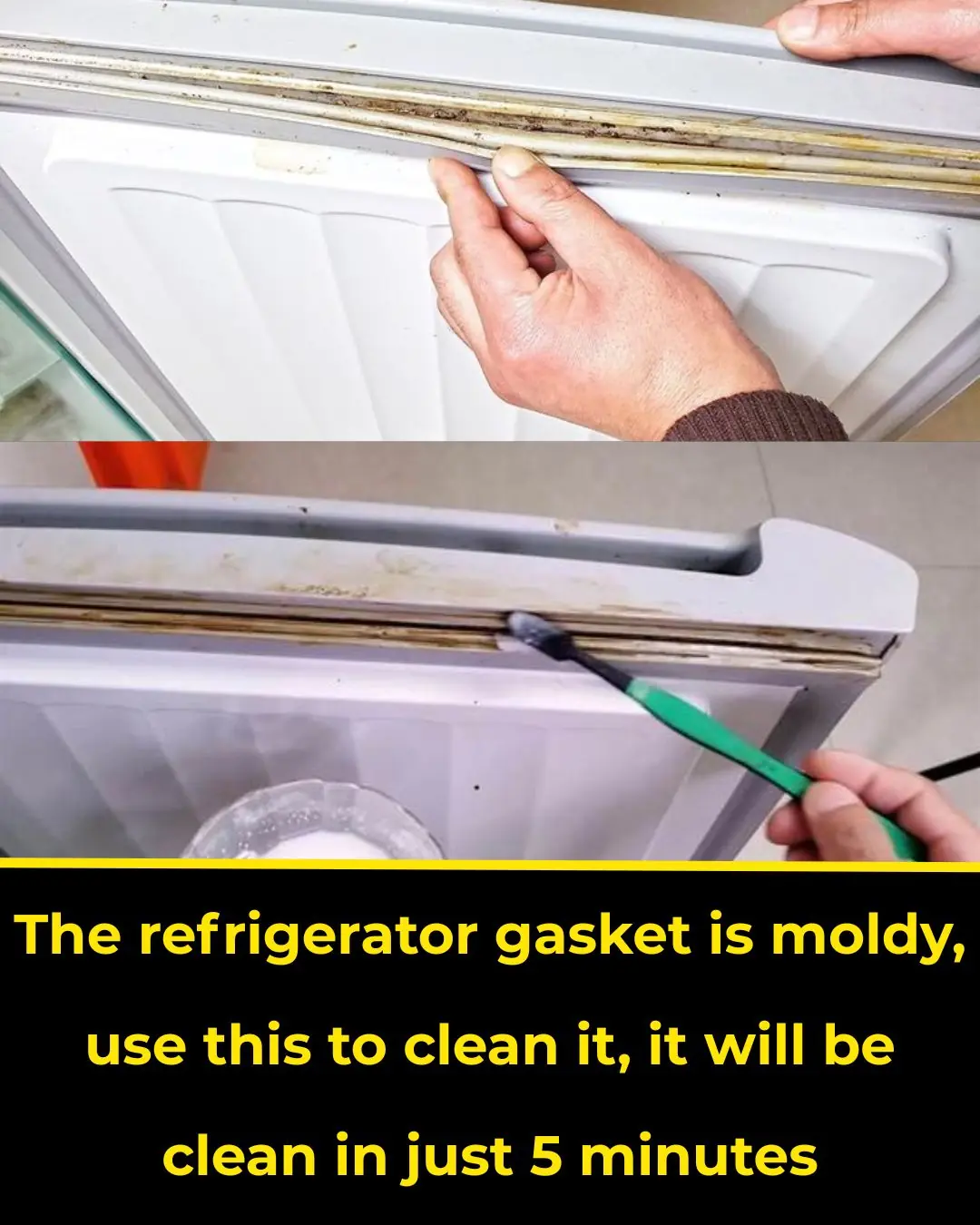
The refrigerator gasket is moldy, use this to clean it, it will be clean in just 5 minutes

How to make spicy and sour pickled cabbage to eat during Tet

Winter drink lemon honey ginger water, body 5 special benefits

Tet candies have desiccant packets, remember to keep them because they are extremely useful.

The old farmer reveals the differences between 2 types of cabbage and 3 things to note when buying to avoid confusion and choose delicious, safe types.

6 types of 'natural miracle' vegetables help the stomach get healthy every day, eat regularly for 1 week and you will see the difference

Shrimp seller tips: How to distinguish farmed shrimp from wild shrimp in just a few seconds of observation

Just do these 4 things every morning, your intestines will "clean" themselves, toxins and excess fat will disappear without medication
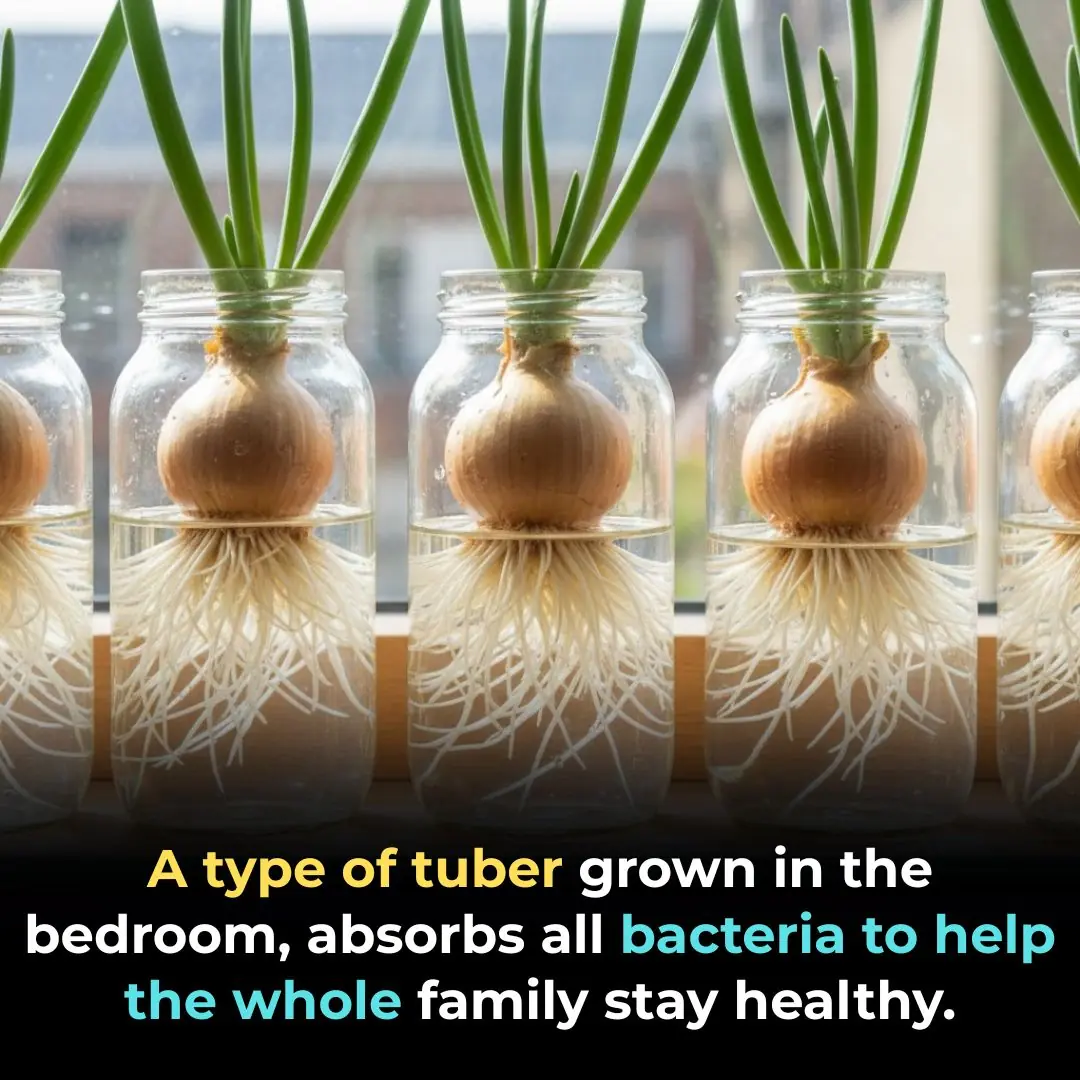
A type of tuber grown in the bedroom, absorbs all bacteria to help the whole family stay healthy.

How to make fried red tilapia with minced mango and sweet and sour fish sauce, rich in Western flavor

Have a lot of mosquitoes in your house? Plant this flower and place it on your windowsill, all the mosquitoes will disappear.
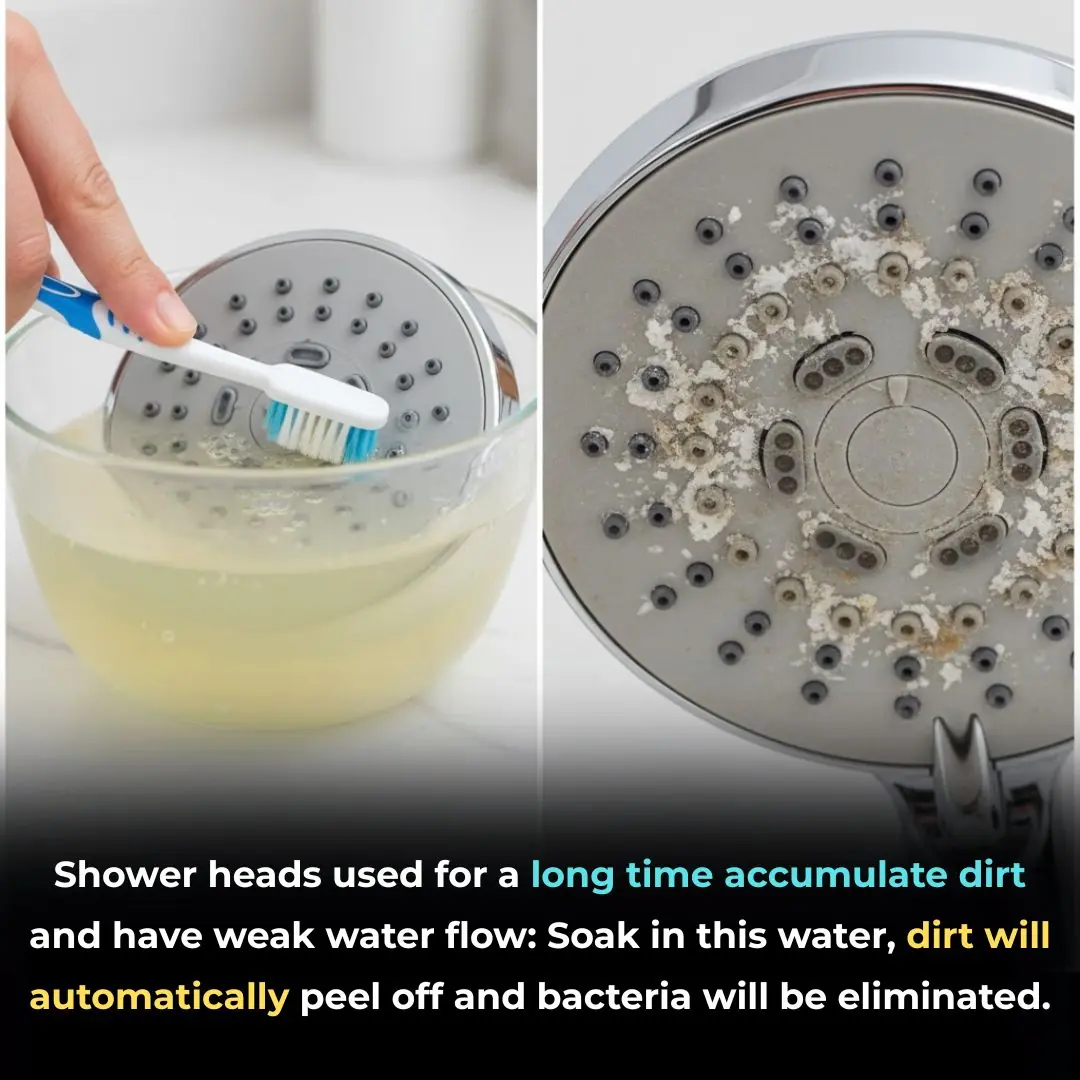
Shower heads used for a long time accumulate dirt and have weak water flow: Soak in this water, dirt will automatically peel off and bacteria will be eliminated.
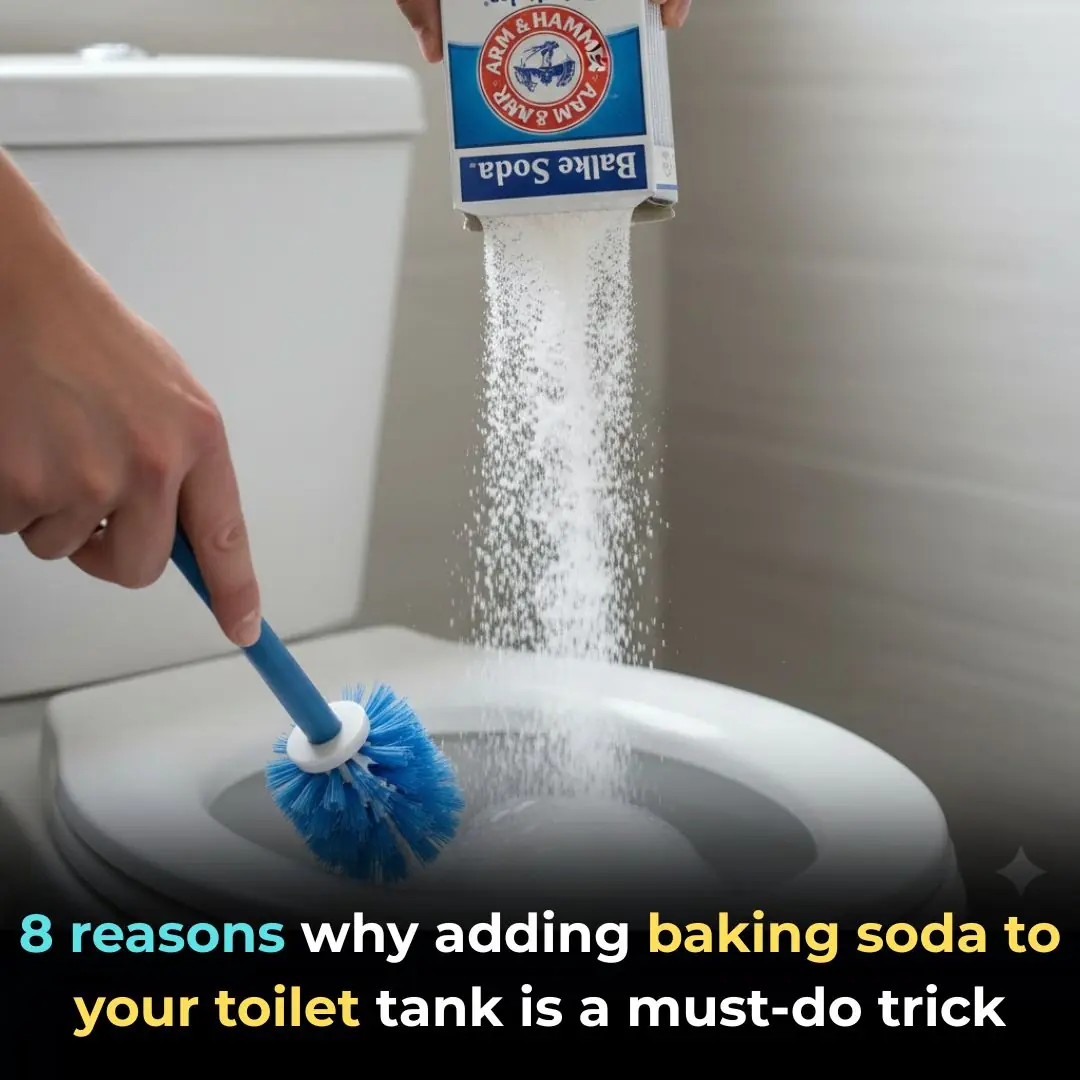
8 reasons why adding baking soda to your toilet tank is a must-do trick
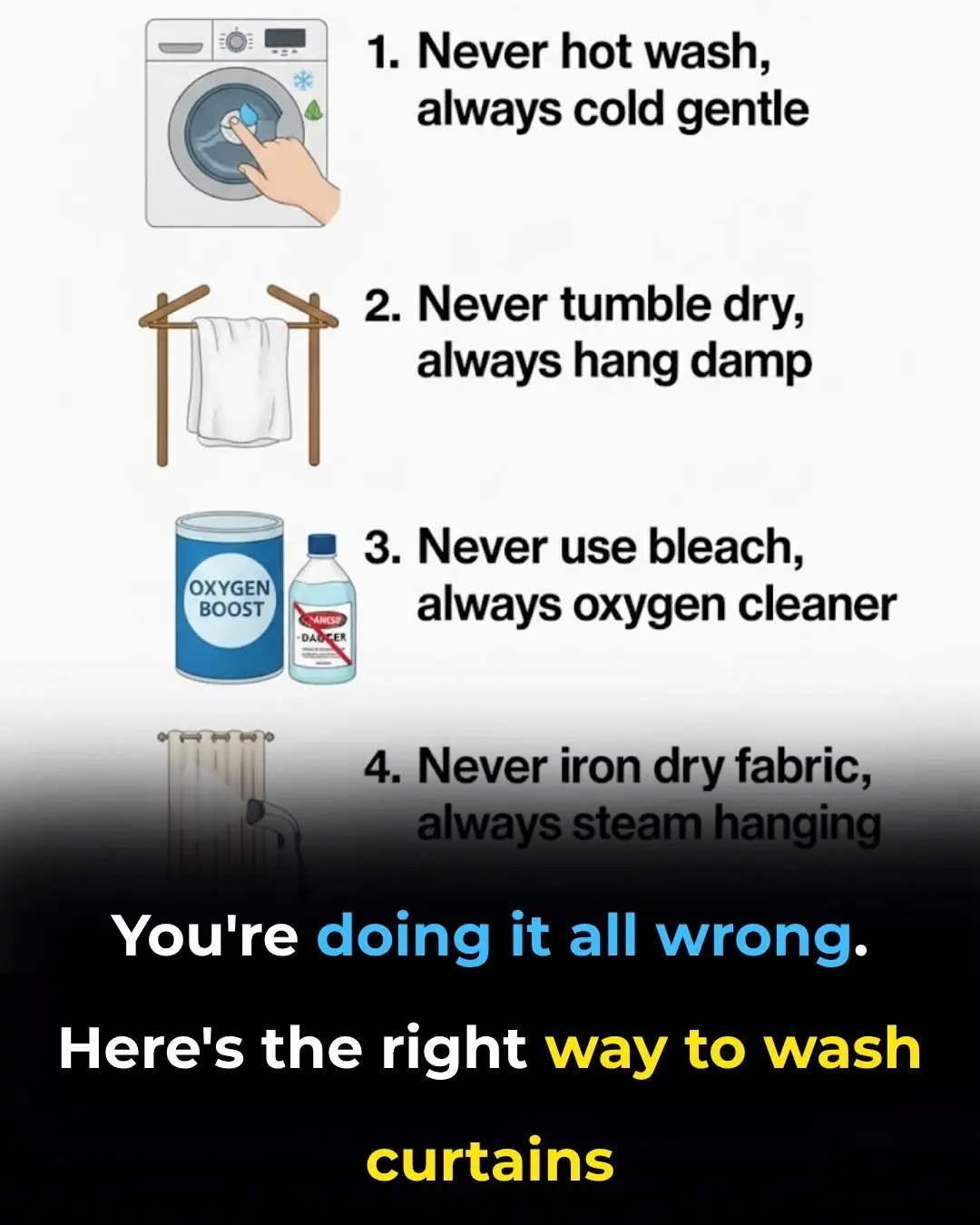
You’re doing it all wrong. Here’s the right way to wash curtains

Most do this wrong. 10 things that make mold grow faster

Why Many Knives Have a Round Hole: Surprising Uses You Might Not Know

Why You Shouldn’t Keep Doors Fully Closed When Using Air Conditioning
News Post

Eat more, weigh less? 5 surprising ways foods can help you burn fat

What really happens to your body when you take LOSARTAN
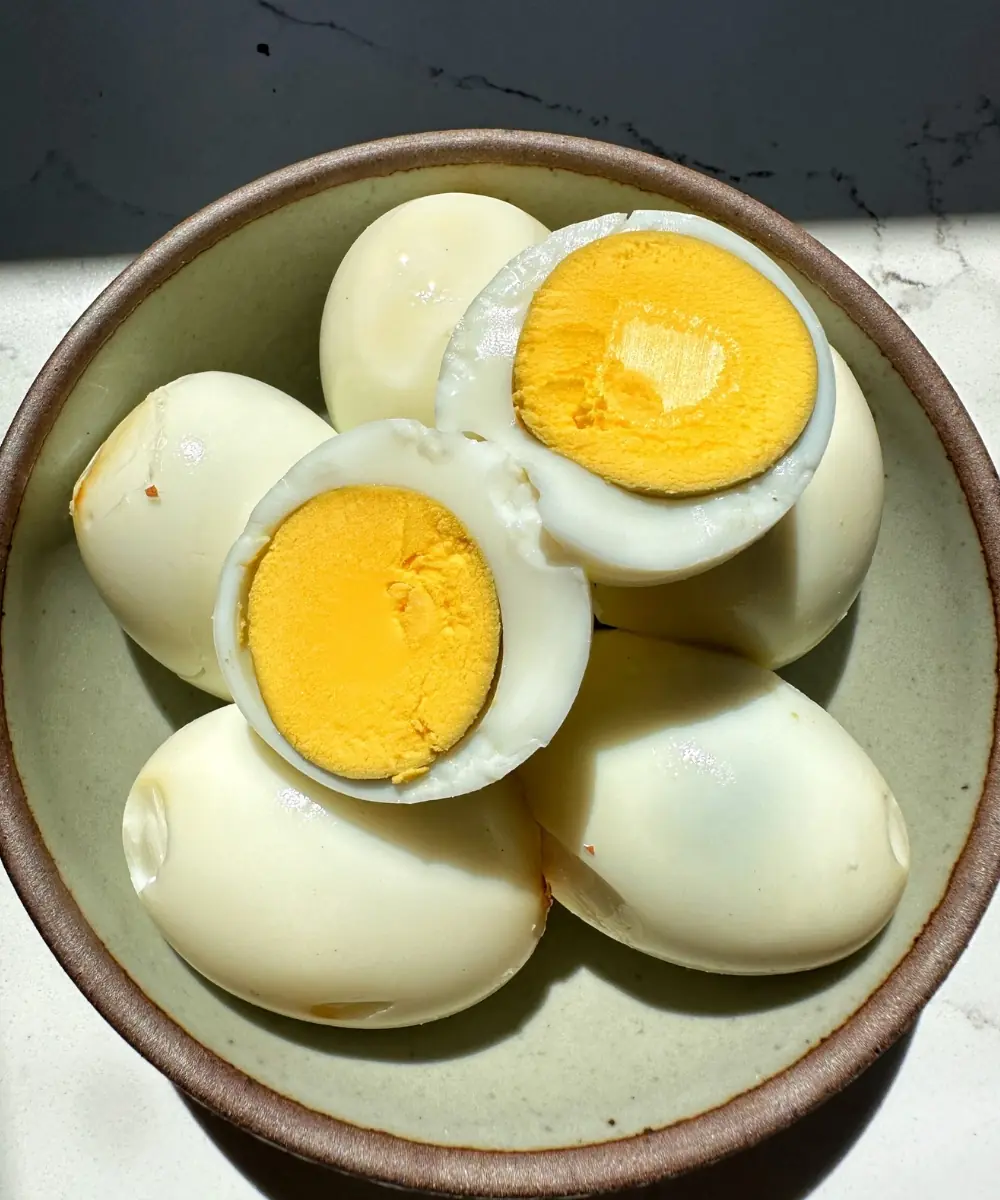
Stop Eating Eggs Immediately If Your Body Shows These 8 Signs

Sarcopenia: Causes of Muscle Loss and How to Regain Strength

Yarrow: A Timeless Herbal Ally with Amazing Health Benefits

The Heartbeat of Compassion: The Unlikely Hero Who Saved a Hippo's Life
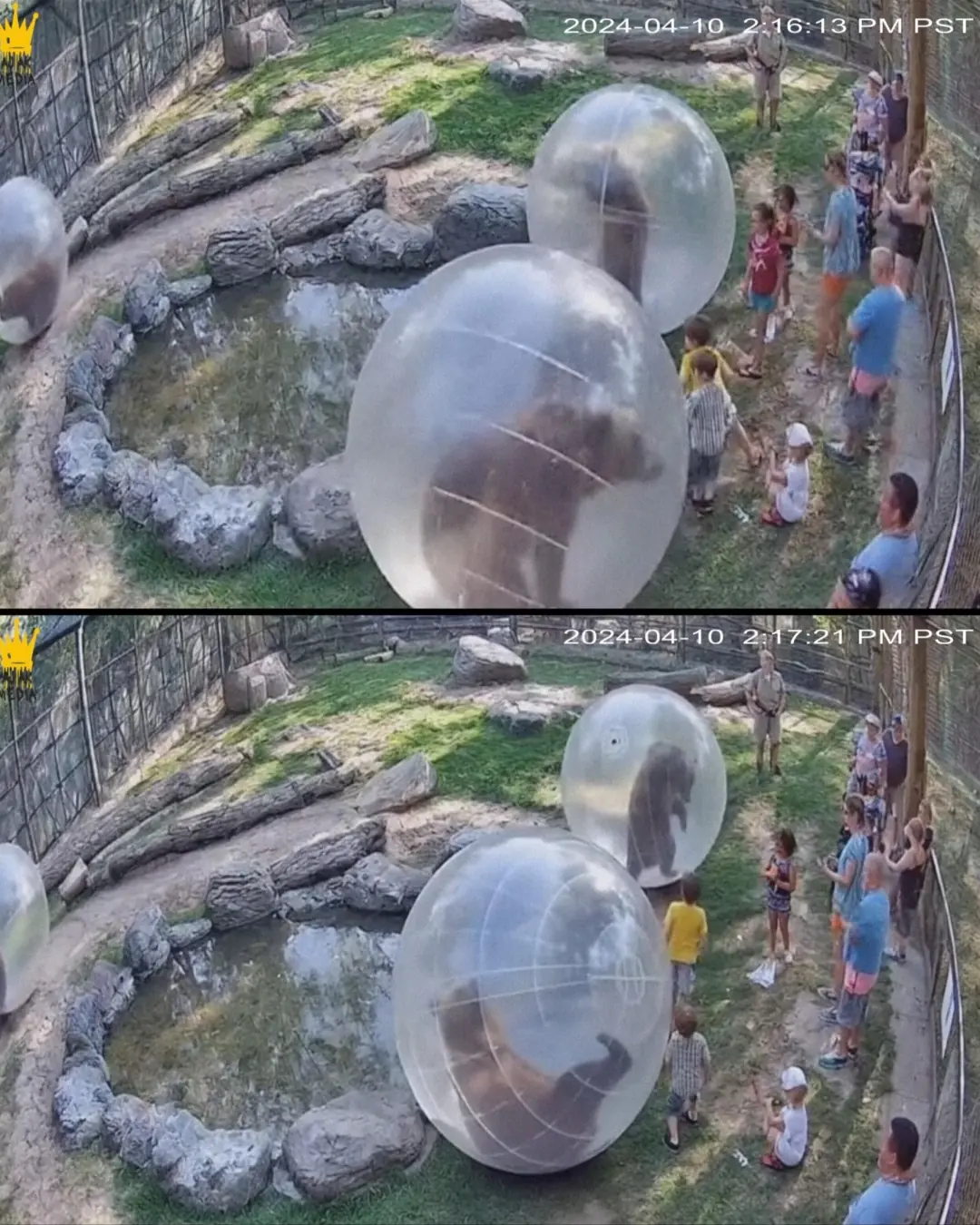
Zoo in Thailand Shut Down After Bears in Giant Hamster Balls Turn on Guests
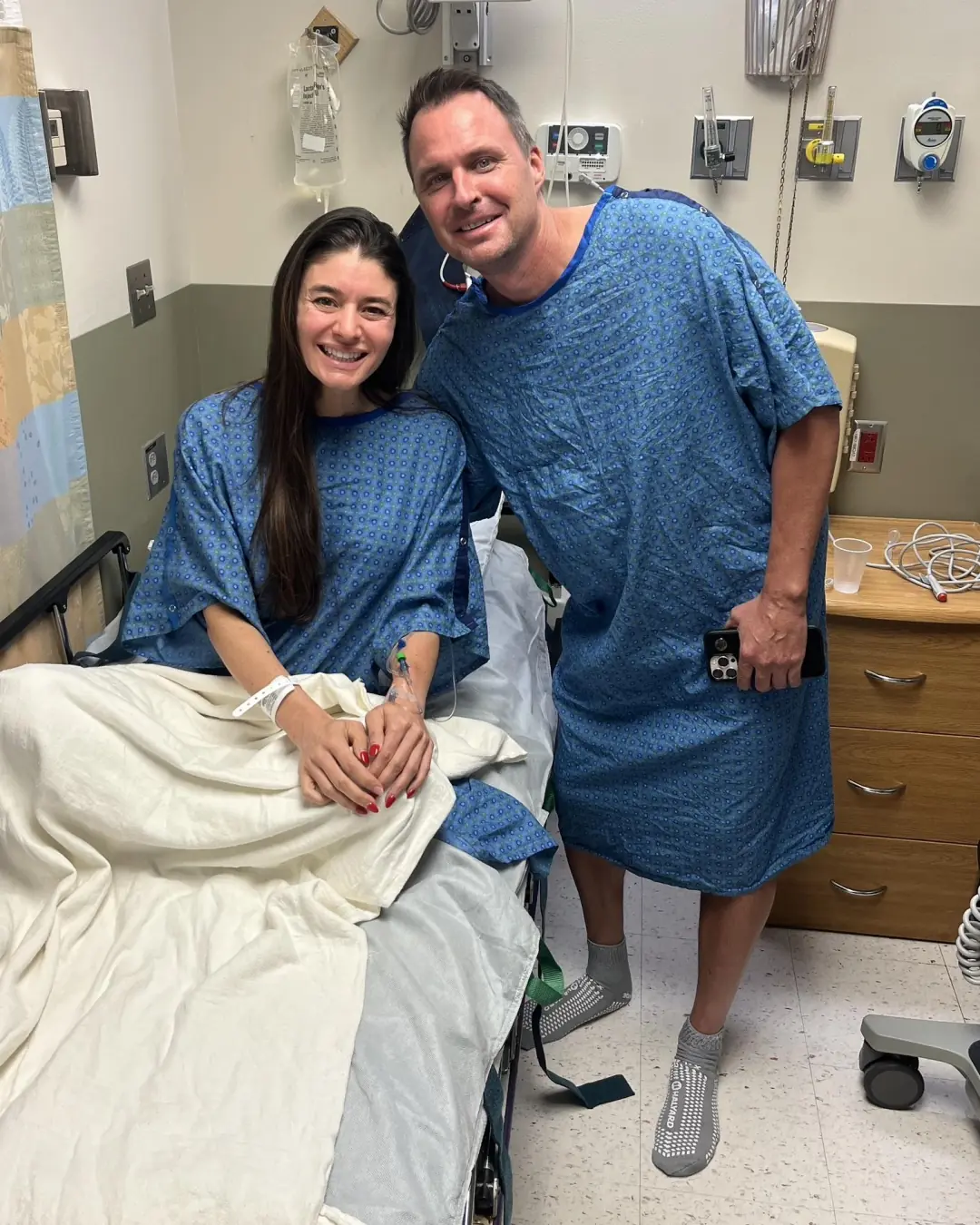
A Pitcher’s Second Chance: How a High School Classmate Stepped Up to Save Steven Register’s Life

Rooting for Will: A Tuesday of Joy Before a Wednesday of Courage

Two Hearts That Needed Each Other.

The Mother Who Delivered More Than Food.

The Boy Who Paid for a Stranger’s Meal When No One Was Watching.

How To Use a Frozen Lemon To Fight Malignant Tumors in The Body

Can I Eat Without Hiding Now?

He Thought It Was Just Another Shift — Until a Life Was Placed in His Hands.

How to make fragrant and nutritious passion fruit peel jam

The refrigerator gasket is moldy, use this to clean it, it will be clean in just 5 minutes

How to make spicy and sour pickled cabbage to eat during Tet

Winter drink lemon honey ginger water, body 5 special benefits
